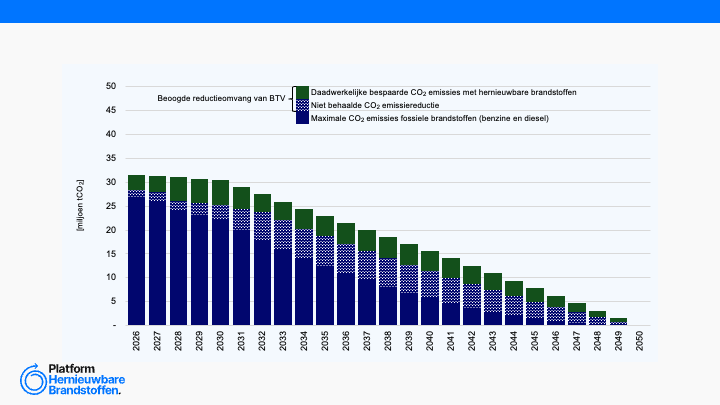IEA Bioenergy Task 33: Gasification Applications in Existing Infrastructures for the Production of Sustainable Value-added Products 2021

This report by the IEA Bioenergy gasification workgroup (Task 33) provides an overview of gasification-based drop-in products for the production of sustainable fuels, chemicals and materials. The report deals with four topics around biomass gasification:
1. Suitable feedstocks, their characterisation and their properties
2. Types of gasification technology
3. Opportunities for thermal gasification
4. Brief summary of case studies
First, the high degree of flexibility of gasification towards feedstocks was demonstrated. Gasification is able to process feedstocks with variable chemical compositions. Feedstock materials and forestry residues are particularly suited. Agricultural residues may lead to problems with the ash melting due to their high concentrations of alkali metals. Waste streams, such as municipal solid waste (MSW) or refuse-derived fuel (RDF) can be more challenging to convert due to exceptionally high variations in their chemical composition, making it difficult to predict the amount of impurities beforehand. They can still be converted, but higher efforts are required in the gas cleaning stages of the process.
Fixed bed reactors are particularly suited for combined heat and power applications and when the feedstock is well-defined. Staged gasification units, on the other hand, can achieve very high syngas quality. However, fluidised bed reactors are generally favourable for industrial applications, as they are reliable, flexible towards the fuel used and relatively cheap. Dilution of syngas with nitrogen and the syngas cleaning may be more challenging in these setups. This can be alleviated by choosing dual fluidised bed reactors at the expense of increased process complexity. Specifically in large scales, entrained flow reactors provide additional benefits, such as very high syngas quality (lacking any hydrocarbons) and good process space efficiency.

Many opportunities for employing gasification on a larger scale were argued. The technology enables the production of renewable, carbon-neutral power, heat, biofuels and biochemicals. It is deployable at large, industrial scales and flexible towards variations in feedstocks. Gasification can further provide services to society, such as district heating or grid-balancing. Lastly, the co-produced biochar can serve as a carbon-negative additive to concrete, and be used in agriculture as a soil carbon amendment or for filtering applications in the industry.

Finally, the study briefly presents four case studies: Case study 1 shows an entrained flow biomass gasification in the pulp and paper industry, case study 2 shows the integration potential between gasification and anaerobic digestion for methanol synthesis, case study 3 shows the integration of renewables into existing refineries via gasification, and case study 4 shows the gasification of RDF and its integration into an existing naphtha cracker. More information on these cases can be found in the accompanying Annexes reports.
Recente artikelen
Retrospective on Lunch Seminar: Rethink strategic autonomy | December 15, 2025

Analyse brandstoftransitieverplichting

Nederlandse industrieclusters presenteren bidbook: Een basisindustrie om op te bouwen: nu & in de toekomst

